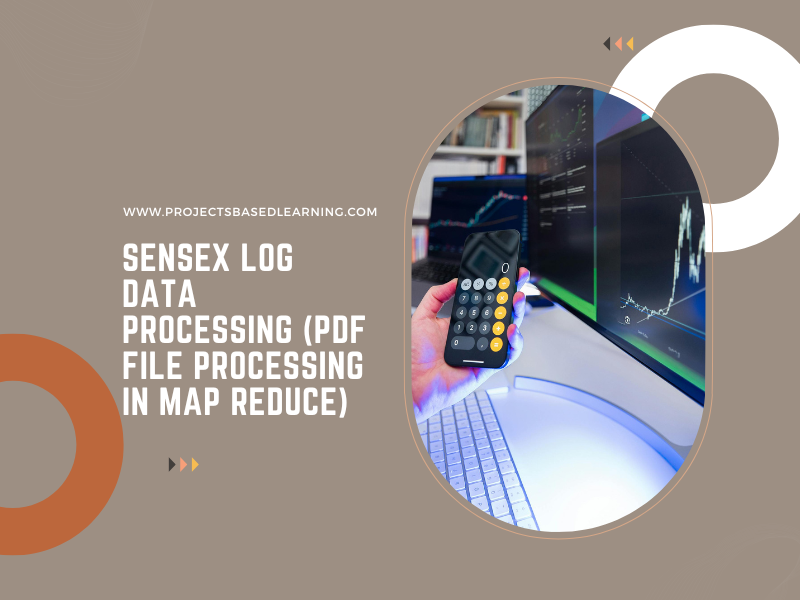Introduction
In today’s data-driven world, collecting big data is only half the battle—the real value comes from making sense of it. Raw data, no matter how vast, is meaningless without interpretation. This is where data visualization plays a critical role, turning complex datasets into actionable insights.
While many organizations turn to expensive commercial BI platforms, open-source business intelligence (BI) tools are emerging as powerful, cost-effective alternatives. They offer flexibility, scalability, and community-driven innovation—perfect for big data analytics.
Why Open-Source BI for Big Data?
When working with massive datasets, visualization tools need to:
Scale efficiently with high data volumes
Integrate seamlessly with big data ecosystems (Hadoop, Spark, Kafka, etc.)
Offer customization to suit specific business needs
Avoid costly licensing fees
Open-source BI tools tick all these boxes, making them ideal for startups, research labs, and enterprises alike.
Popular Open-Source BI Tools for Big Data Visualization
1. Apache Superset
Apache Superset is a modern, enterprise-ready BI platform designed to handle big data visualization at scale.
Key Features:
Connects to major SQL-speaking databases and big data engines (Presto, Hive, Druid, etc.)
Rich set of chart types including geospatial, time-series, and advanced analytics visuals
Role-based access control for secure collaboration
Lightweight and cloud-friendly
Example Use Case:
A retail company uses Superset to connect to a Hive data warehouse and create real-time dashboards showing product sales trends, segmented by region and season.
2. Metabase
Metabase focuses on simplicity and ease of use while still supporting large datasets.
Key Features:
Easy drag-and-drop interface for building charts and dashboards
Supports PostgreSQL, MySQL, BigQuery, Snowflake, and more
Embeddable analytics for web applications
Scheduled email and Slack reports
Example Use Case:
A logistics company visualizes live shipment tracking data from a PostgreSQL database, helping operations teams identify bottlenecks in real time.
3. Redash
Redash is known for SQL-centric data visualization and lightweight deployment.
Key Features:
Powerful query editor with syntax highlighting
Supports 20+ data sources including Elasticsearch, MongoDB, and Amazon Athena
Shareable dashboards with dynamic filters
API for programmatic dashboard updates
Example Use Case:
A fintech startup uses Redash to connect to Amazon Athena and visualize customer transaction data for fraud detection analysis.
How Open-Source BI Integrates with Big Data Pipelines
Big data visualization usually follows a pipeline:
Data Collection – Ingest data from IoT devices, clickstreams, social media, etc.
Data Processing – Use Apache Spark, Flink, or Hadoop for transformation and aggregation.
Data Storage – Store processed data in scalable warehouses like Hive, Druid, or BigQuery.
Visualization – Use BI tools like Superset, Metabase, or Redash to create dashboards.
For example:
Apache Kafka streams data → Apache Spark processes it → Hive stores results → Apache Superset visualizes insights.
Best Practices for Visualizing Big Data with Open-Source BI
Optimize Queries – Use pre-aggregated datasets or materialized views to improve dashboard performance.
Leverage Caching – Enable BI tool caching to reduce load times for frequently viewed dashboards.
Use the Right Chart Types – Avoid overly complex visuals; choose charts that best represent the data story.
Ensure Data Security – Implement role-based permissions and secure database connections.
Automate Reporting – Schedule dashboards to refresh at set intervals for real-time monitoring.
Advantages of Open-Source BI Tools
Cost Savings – No per-user licensing costs
Community Support – Large, active user bases and frequent updates
Customizability – Modify code to fit specific business workflows
Vendor Independence – Avoid being locked into proprietary ecosystems
Conclusion
Open-source BI tools are no longer just “budget-friendly” alternatives—they are feature-rich, scalable, and enterprise-ready solutions for visualizing big data insights. Whether you choose Apache Superset for advanced analytics, Metabase for user-friendly exploration, or Redash for SQL-focused querying, you can unlock the full potential of your data without breaking the bank.
By combining these tools with modern big data frameworks, you can turn raw information into powerful visual stories that drive smarter business decisions.

